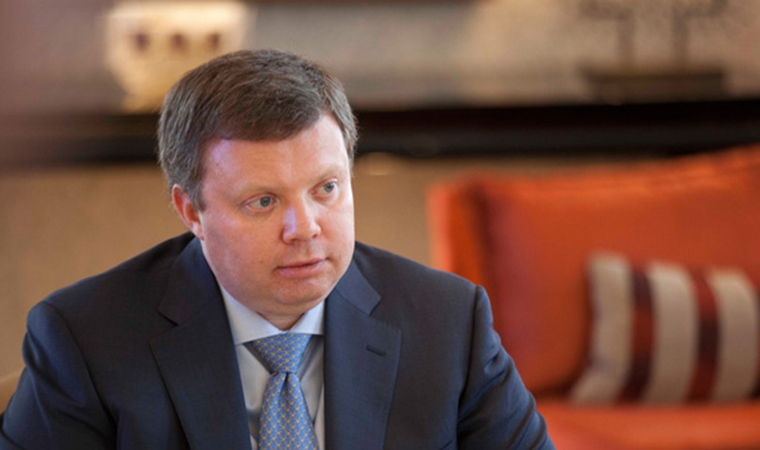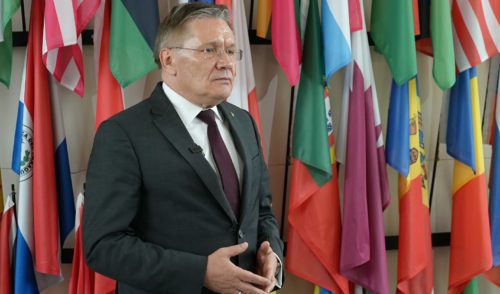
Hanhikivi-1 right on schedule
back to contentsThe project site is being prepared for the construction to begin soon. The station is scheduled for commissioning in 2024. This was announced by Kirill Komarov, Rosatom’s First Deputy CEO for Corporate Development and International Business, speaking at the 7th Northern Dimension International Forum in Saint Petersburg.
According to Komarov, Rosatom has many years of regional experience. An excellent example is Loviisa, a nuclear power plant built jointly by Russia and Finland 35 years ago and remaining one of the most efficient nuclear plants in the world.
Rosatom is committed to making a sizable contribution to the improvement of energy balance in the region, sustainable development and reduction of CO2 emissions.
Apart from Hanhikivi-1, Rosatom’s another project in the region is the Baltic nuclear power plant in Kaliningrad which is constructed, exactly like Hanhikivi-1, with the latest safety technologies known as Generation 3+. “The Baltic NPP is Rosatom’s first project in Russia open for foreign investors. Its concept provides for up to 100% of capacity to be exported to the Baltic countries. We see here a large playing field for investment partnerships in the construction of this nuclear station and related infrastructure, as well as in power sales,” Komarov said at the plenary session of the Northern Dimension Forum.
According to him, Russian-designed small capacity nuclear stations can be very interesting for the development of Arctic regions. Rosatom has unparalleled experience in this field – the world’s only nuclear power plant in the permafrost, Bilibino NPP, has been in operation on the Chukchi Peninsula for more than 40 years. Moreover, Rosatom is about to complete Akademik Lomonosov, the world’s first floating nuclear power station that will secure access to heat and electric power in hard-to-reach Arctic regions.
Much attention was paid at the Forum to nuclear and radiation safety in the Arctic and Northern Europe. More than 15 years ago, Rosatom and its foreign partners launched the Global Partnership, a nuclear legacy disposal program. As part of it, 120 decommissioned nuclear submarines in the Murmansk region were rendered safe. Russia runs a similar national program that focuses on the removal and disposal of radioisotope thermoelectric generators (RITEG) left in the Arctic during the Soviet times, with about 500 of them removed to date.
“Like every other country in the Northern Dimension, Russia perceives these regions as its home. We are convinced that civil nuclear power can become a source of heat and light for the region and contribute to welfare of the people living here,” Komarov concluded.
The Northern Dimension is a project initiated by the European Union to develop the territory covering Northwestern Russia, the Baltic region, Northern Europe and the Arctic.




